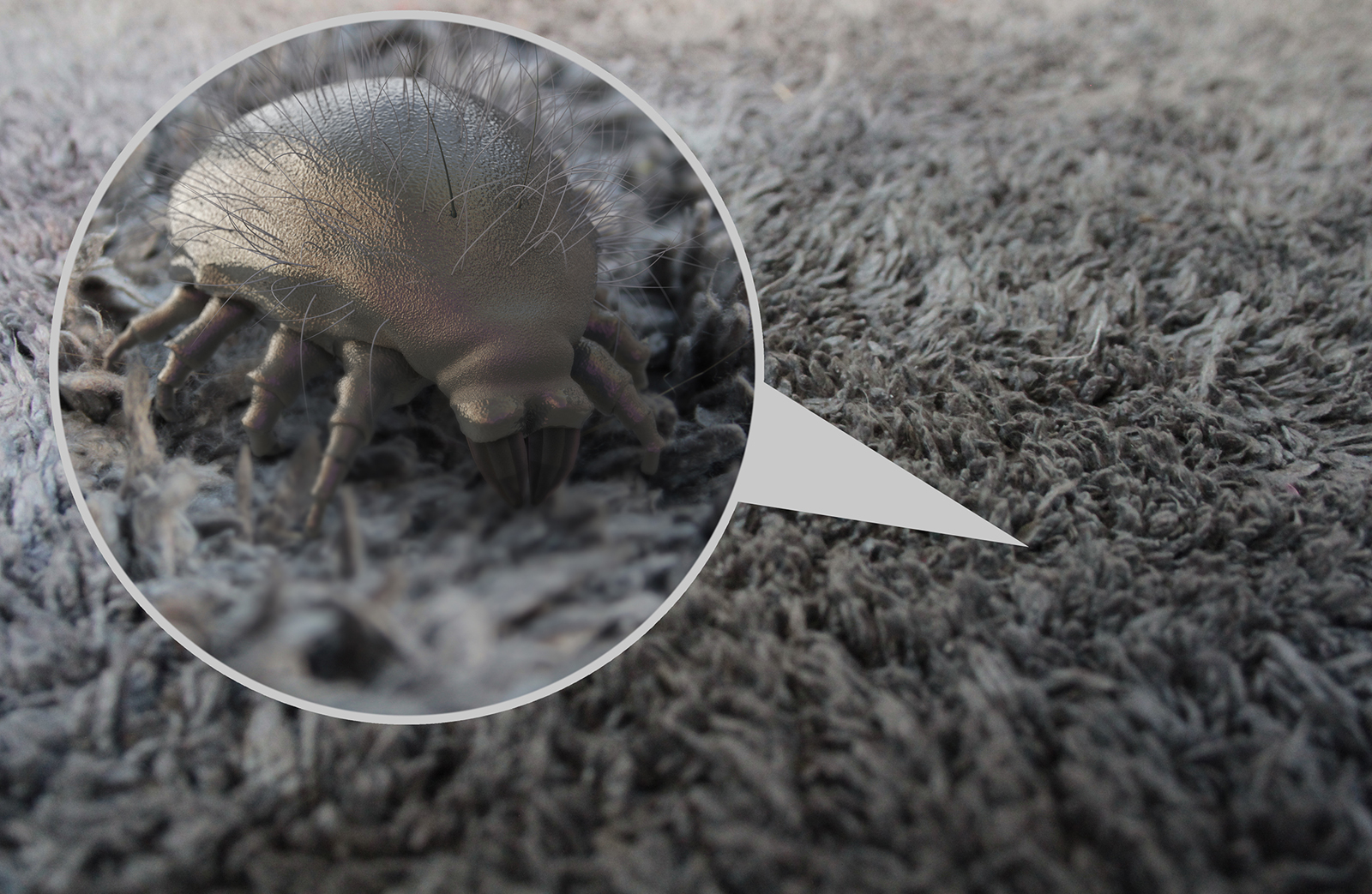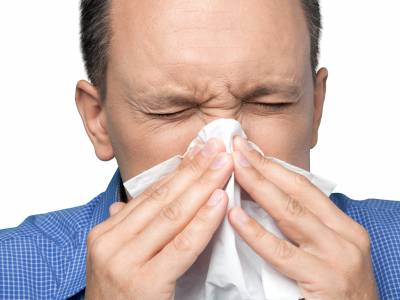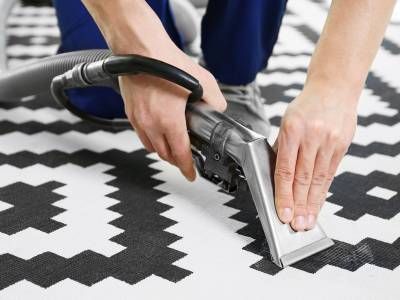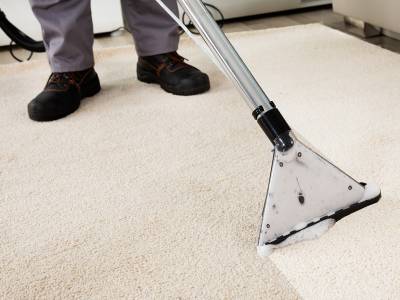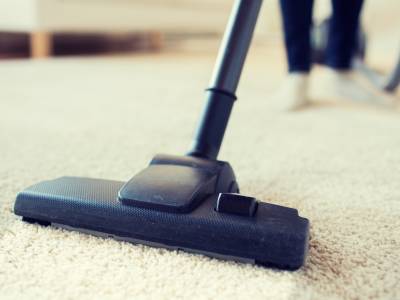House dust mite, actual size 1/100 inch.
While we may think that our homes are clean and healthy for our families, scientific research supports the reasons why only professional services provide the most effective deep cleaning.
The American house dust mite is microscopic, less than 1/100th of an inch, and is alive in bedding, couches, carpet, stuffed toys, and old clothing. Dust mites feed on the dead skin that falls off the body of humans and animals and on other organic material found where they live.
When dust mites grow, they shed their skin. The shed skin and feces are what cause allergic reactions in people. Allergic reactions range from itching noses and eyes to severe asthma attacks.
Habits and Habitats
Dust mites are present in the prime spots where people spend much time, like on a sofa, in bed or a favorite plush chair. Dust mites do not live in air ducts in homes. Many people spend much time and money cleaning the air ducts to reduce dust mites. This is not necessary because dust mites need about 70% relative humidity or higher, and they need food.
The top part of a sofa or a mattress which contains fibrous material is a favorite place for dust mites during warm and humid times. The deeper parts of sofa or mattress may provide protected areas for the dust mites during unfavorable conditions.
Non-chemical Control
For people who are extremely sensitive, the following measures should be taken:
- Enclose mattresses, box springs, and pillow cases in zippered allergen and dust proof covers.
- Wash bedding materials, including pillow cases, sheets, blankets, and mattress pads, every other week in hot water (130°F).
- Eliminate or reduce fabric wall hangings such as tapestries or pennants.
- Purchase stuffed toys that are machine washable.
- Clean drapery regularly.
- Vacuum bedroom carpeting twice a week.
- Replace upholstered furniture with wooden or plastic furniture.
- Vacuum often with a vacuum cleaner provided with a high efficiency purifying air (HEPA) filtration system. Throw away vacuum bags after use because dust mites can leave the bag.
Reducing populations is the only likely way to reduce allergens in the air. Reducing humidity in the home by using a dehumidifier may help reduce populations, but reducing humidity levels in microclimates, like in bed fibers or carpet fibers, is impossible. Chemical control is not necessary, nor will it have a lasting effect on dust mite populations.
Your best defense is regular professional cleaning for the greatest impact. The most effective control is to schedule regular appointments with a professional for rug, upholstery and drapery cleaning. The technology utilized by professionals outperforms household vacuums and helps control house mites and by providing a clean, healthy home for your family.
Prepared by David Boyd, Graduate Research Assistant, Patricia A. Zungoli, Extension Entomologist/Professor and Eric P. Benson, Extension Entomologist/Associate Professor, Department of Entomology, Soils, and Plant Sciences, Clemson University. EIIS/MV-7 (New 111998).

